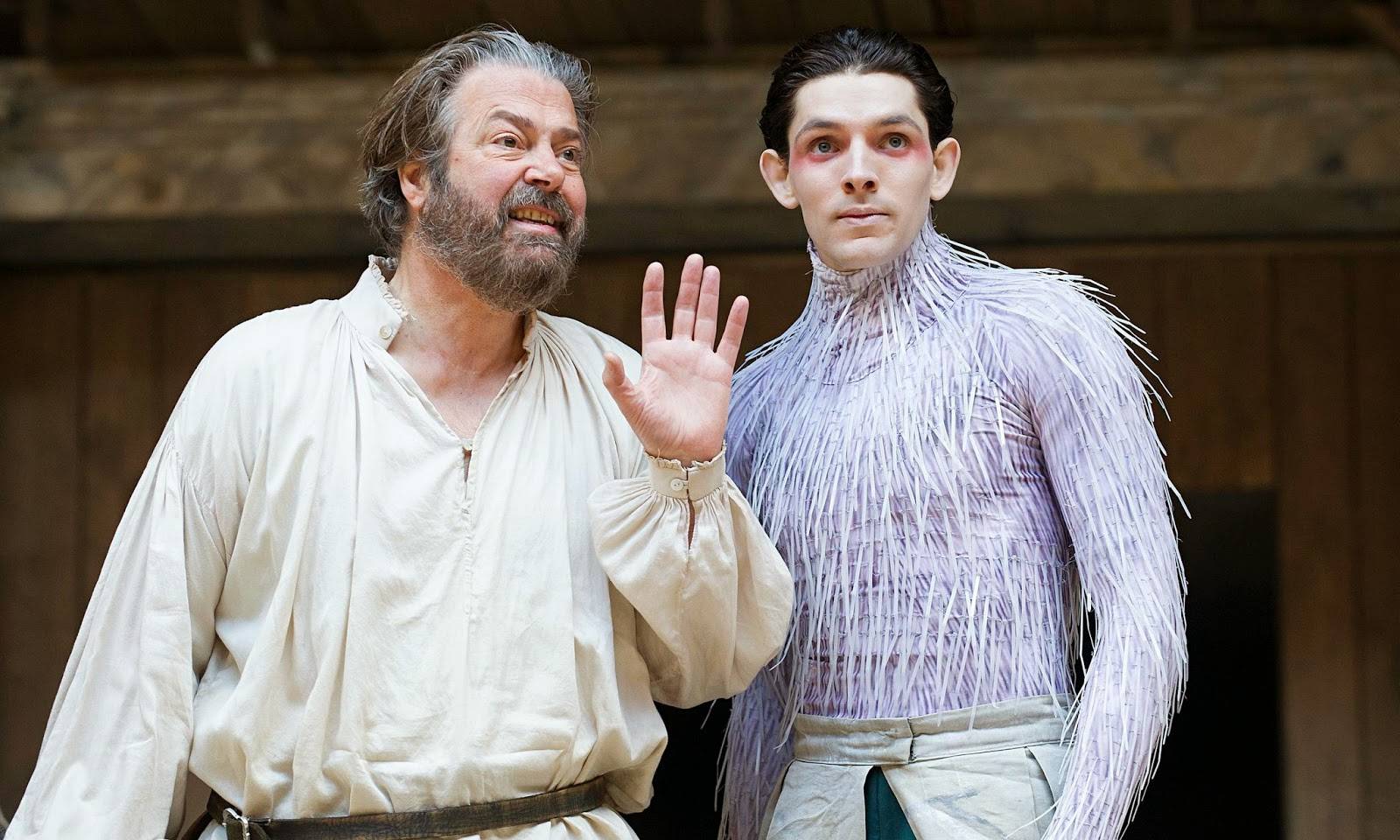
Scholars attribute the immediate source of the play to the
1609 shipwreck of an English ship in Bermuda and travellers’ reports about the
island and the tribulation of the mariners. The period in which it was written,
the 17th century age of exploration, the circumstances of
its performance at court, and the context of the playwright’s writing career
suggest some of its rich themes and ambiguities.
The play can be read as Shakespeare’s commentary on European exploration of
new lands. Prospero lands on an island with a native inhabitant, Caliban, a
being he considers savage and uncivilized. He teaches this “native” his
language and customs, but this nurturing does not change the creature’s nature,
at least from Prospero’s point of view. But Prospero does not drive Caliban
away, rather he enslaves him, forcing him to do work he considers beneath
himself and his noble daughter. As modern readers, sensitive to the legacy of
colonialism, we need to ask if Shakespeare sees this as the right order: What
are his views of imperialism and colonialism? What are our 20th century
reactions to the depiction of the relationship between the master and slave,
shown in this play?
The theme of Utopianism is linked to the explorations of new lands.
Europeans were intrigued with the possibilities presented for new beginnings in
these “new” lands. Was it possible to create an ideal state when given a chance
to begin anew? Could humans hope to recreate a “golden age,” in places not yet
subject to the ills of European social order? Could there be different forms of
government? Would humans change if given a second chance in an earthly
Paradise?
The play emphasizes dramatic effects. Because it was performed at court,
there is a lot of stage business: music, dance, masque-like shows. The role of
the artist is explored through Prospero’s use of his magic, and parallels can
be drawn to Shakespeare’s own sense of his artistry.
Finally, knowing that this is Shakespeare’s last play, it is intriguing to
explore autobiographical connections. Does he see himself in Prospero? Does he
feel somehow isolated, in need of reconciliation? How is this play a
culmination of other themes he has explored?
Here you can find the full text of the play.

Here you can read an article about the production of The Tempest at Shakespeare's Globe in 2013.
Now you can read the plot summary of the play and analyse its main themes and symbols.
Click here to find more lessons plans and teaching ideas.

Here you can read an article about the production of The Tempest at Shakespeare's Globe in 2013.
Now you can read the plot summary of the play and analyse its main themes and symbols.
Click here to find more lessons plans and teaching ideas.
I
recommend that you see the 2010 American fantasy film based on William
Shakespeare’s play, featuring Helen Mirren in the principal
role of Prospera.
"We are such stuff
As dreams are made on; and our little life
Is rounded with a sleep."
The Tempest, Act 4, Scene i
No comments:
Post a Comment